I Refuse to Let My Irresponsible Stepdaughter Exploit Her Dad

It all happened in 1708. On June 8, the Spanish galleon San José was going back home to Spain from the Caribbean. In total, there were 17 ships. The captain of the San José knew they were in for some trouble, as English ships were lurking in that area.
He knew that they would be after the treasure loaded on the ships. The price of the treasure from the New World was so astronomical that it could turn the course of historical events in Europe upside down.
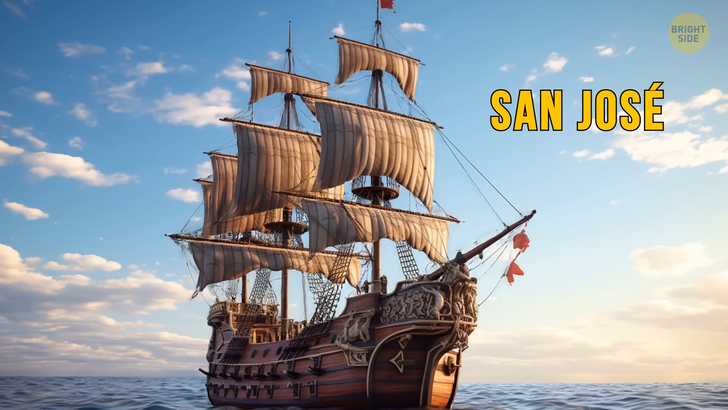
In order to be safe, the Spanish galleon was to reach Cartagena de Indias — it’s where we have Colombia now. But sadly, other things were predestined for the San José. The four English ships appeared. The galleon couldn’t just escape them. There was no choice but to turn around and fight. Then all the chaos started: red flags showing that the battle started, firing cannons, the smell of gunpowder...
Nobody knows exactly how it all ended. As dusk fell, it was hard to see clearly what was happening. The only thing that remained in history was the sinking flagship San José. Then silence. No wonder that San José, being the flagship, was the most strategically important galleon. She would carry an insane amount of precious metals such as gold and silver, pearls, and gems such as emeralds. All of that went to stay on the bottom of the ocean for the next three centuries.
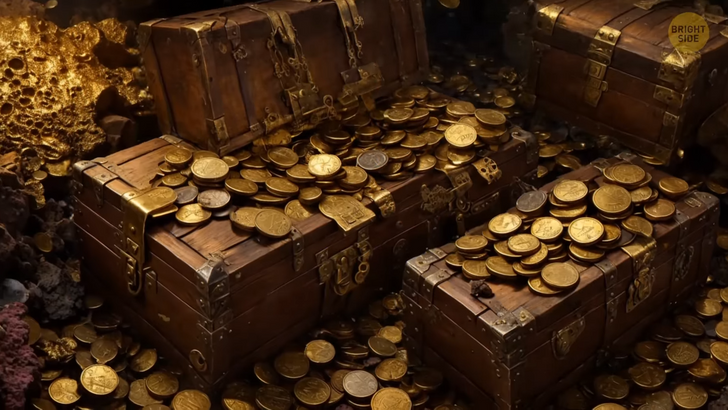
But how come this lost treasure got so legendary? First off, the financial estimates made by scientists shocked people. The ship reportedly carried 7 million to 12 million pesos. Let’s translate it to today’s money. Yeah, it may not be the wealth Elon Musk has, but it’s around $10 billion. With that money, you could treat yourself to a couple of private jets, a whole car park of Lamborghinis, and a posh mansion. And you’d still have a lot of money left.
You may think it all must have gotten rusty just like the bits and pieces found on the Titanic. But when it comes to gold, things work differently. The Titanic didn’t carry gold, or at least not that much of it — the jewels that were on the Titanic were personal belongings. And the cool thing about gold is that it never reacts with oxygen. It means that real gold won’t rust or tarnish.
So if your golden necklace got somewhat darker, it’s a telltale sign it’s not pure gold, it’s an alloy, which is also cool by the way as you can easily clean it. Going back to the San José‘s lost treasure, the golden coins there, even over 300 years later, were supposed to look the same way as the day they were minted.
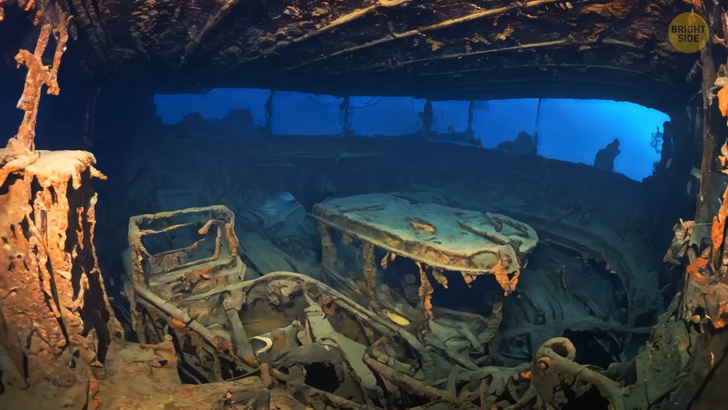
Now going back to the place where the ship supposedly sank. Remember I told you the captain wanted to go to the shore where Columbia is today? Welp, on December 4, 2015, the ship was indeed found in the waters of Colombia. As with many other important things today, the world learned about it from a tweet. It was sent by the Colombian then-president Juan Manuel Santos. People have been looking for the San Jose for decades, and once it was finally found, it only got more popular and even more myths about it began to appear.
One of the legends was told by señor Santos himself. After the wreck had been found, there was a short radio interview. Thing is, the discovery was pretty unexpected. Many people spent a lot of time and effort looking for that wreck and many of them even gave up hope of ever finding it. Juan Manuel Santos told a story about how the wreck had been discovered.
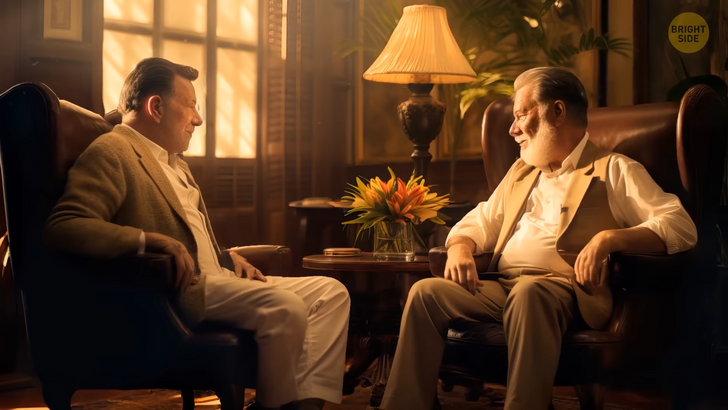
There was an official event outside Colombia where he was accosted by a man. He looked like the famous writer Hemingway: he sported a white beard and had white hair. The only thing that Hemingway-looking man wanted was 2 minutes of Santos’ time. The president conceded and listened to that man. What happened next was unbelievable.
The man pulled out an antique map, more precisely a carefully framed copy, and told the president that no one else knew about it. The man pointed to one exact spot. He said that it was the exact location of the treasure and that that place didn’t appear on any other map. He guaranteed that he knew where the treasure was. The story sounded crazy and swashbuckling.
Whoever that man was, he turned out to be right. His identity remains a mystery for everyone, but somehow that man found the funding, determined the area to be inspected, and even made his way to meet the president. Right, the San Jose was stuffed with gold and whoever found it would get filthy rich for the rest of their life, but let’s face it: there’s no way an ordinary person could ever discover such a treasure as it requires too much effort and too much funding.
But what if you’re into treasure hunting and you wanna go and find some treasure chest? Welp, I guess I have a story about ordinary people looking and even eventually finding real treasure.
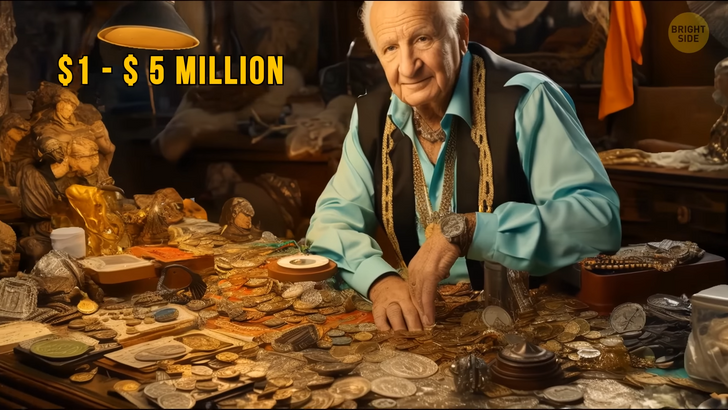
Meet Forrest Fenn — an eccentric millionaire who hid a $1 to $5 million treasure. The exact worth was unidentified — you see, even Mr. Fenn himself said he never tried to appraise it. Inside the chest, there were 265 American gold eagles and double eagles, ancient coins, gold nuggets, you name it! Forrest stashed the chest in the Rocky Mountains and announced the treasure hunt back in 2010.
Now let’s focus on a map for a little bit and see how vast the Rocky Mountains are. Basically, the treasure hunters were supposed to sweep the two countries, both the USA and Canada. At first, it was a small treasure hunt with only a couple of people who knew about it. But some time later, there was pretty much of a competition, as tens of thousands of people set off to look for treasure.
There was research stating that over the decade about 350,000 people tried their luck looking for the mystery chest. To announce the hunt, Forrest Fenn used a poem made up of 24 lines. The poem had some hints in it that most treasure hunters failed to decode. It was so well hidden that it took 10 years to finally discover it.
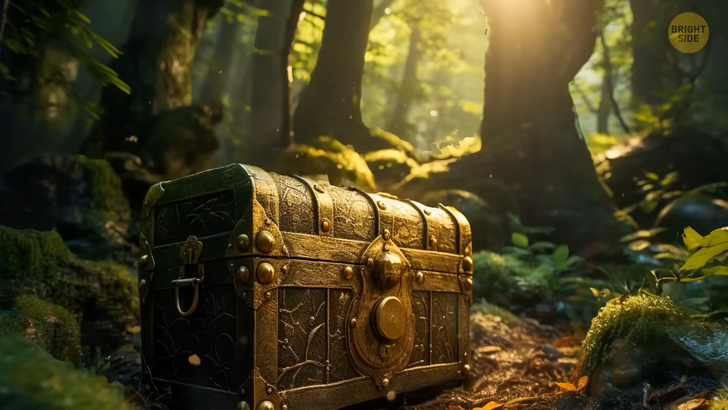
There was also a blog called Thrill of the Chase, and on June 6, 2020, Mr. Fenn finally posted the long-awaited news: the treasure had been found. Forrest himself admitted that anyone who read the instructions from the poem carefully could find the treasure. The poem created a lot of buzz on the Internet, with many users trying to decode the 9 hints the poem had. Some of them even suggested the possible keys to decode the puzzle.
Those speculations might have helped the person who eventually found the treasure. At first, even Forrest Fenn himself didn’t know who cracked all the codes in the poem, made it through the dense forest, and retrieved the chest. The lucky finder preferred to stay anonymous, and all we initially knew was that it was a man from the eastern United States. The winner sent a photograph to Forrest Fenn and thus the treasure hunt was officially over. Sometime later though, he revealed himself. It was Jack Stuef, a former journalist and medical student.
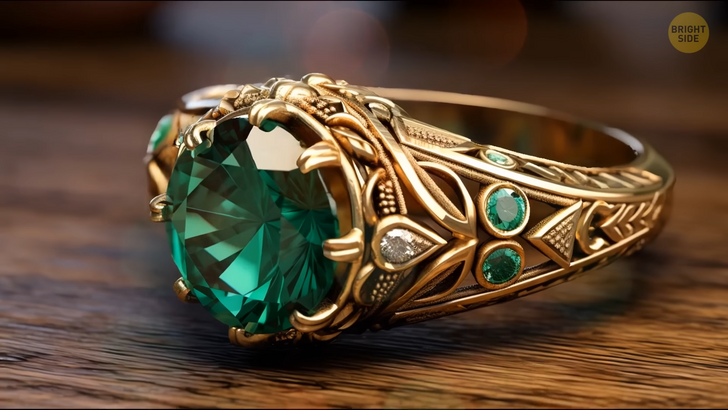
The treasure was hidden under a canopy of stars in a forest in the Rocky Mountains. The vegetation there is lush, so the chest was hidden deep within. The chest had never been moved from the place where it was originally hidden. The exact location is still unknown, but we know that the treasure was hidden in Wyoming.
Jack admitted that not all the advertised treasures were found in the chest: a small gold frog on a necklace and a Spanish emerald ring were missing. Forrest indeed found the frog in his collection and gave it to Stuef, but he failed to find the ring. The treasure hunt created by Forrest Fenn may seem extravagant, but he explained why he decided to start it. The only thing he claimed to have in mind was to give people some hope.











